|
Licorice Root (Glycyrrhiza glabra):
Licorice root, derived from the perennial plant Glycyrrhiza glabra, is widely known for its sweet flavor and extensive medicinal benefits. Native to Europe and Asia, licorice has been used for thousands of years in both traditional medicine and culinary applications. Its root is the most commonly used part of the plant and is rich in compounds that offer a range of therapeutic effects. The root has a distinctly sweet taste, which comes from glycyrrhizin, a compound that is often utilized in natural remedies for various ailments, including digestive issues, respiratory problems, and stress.
Botanical Characteristics:
Licorice is a herbaceous perennial that grows up to 1.5 meters (5 feet) tall. It has pinnate leaves, meaning each leaf is composed of multiple smaller leaflets arranged along a central stem. The plant produces purple to blue flowers that are small but fragrant and grow in clusters. The root of the licorice plant is thick, fibrous, and typically yellow-brown on the outside, with a pale yellow color on the inside. The plant is often found growing in temperate climates, particularly in regions with sandy or loamy soil, near riverbanks, and in fields. Licorice is harvested for its root, which is dug up after 3-4 years of growth.
Health Benefits of Raw Licorice Root:
Licorice root has numerous therapeutic properties, many of which stem from its glycyrrhizin content, as well as flavonoids, saponins, and other bioactive compounds. The health benefits of raw licorice root include:
Supports Digestive Health:
Licorice root has been used for centuries to promote digestive health, particularly for soothing digestive issues such as indigestion, heartburn, and ulcers.
It works as a demulcent, forming a protective layer over the mucous membranes of the digestive tract, which helps to ease irritation and inflammation.
Licorice is commonly used in herbal medicine to treat conditions like irritable bowel syndrome (IBS), bloating, and acid reflux.
Natural Remedy for Cough and Respiratory Problems:
Licorice root is known for its soothing effects on the throat and respiratory system.
It is often used in cough syrups and lozenges to help clear mucus and alleviate sore throats. The root's expectorant properties help to loosen phlegm and support the body's ability to expel it.
It is beneficial for treating colds, coughs, bronchitis, and asthma.
Anti-inflammatory and Immune Support:
Licorice root has anti-inflammatory properties that can help reduce symptoms of inflammation and improve immune function.
It has been used to treat autoimmune conditions, joint pain, and inflammation-related diseases, such as rheumatoid arthritis.
Adrenal Support and Stress Relief:
Licorice root is commonly used in adaptogenic medicine for its ability to support the adrenal glands and help the body manage stress.
It promotes the production of cortisol, a hormone that helps regulate stress responses, and can help combat fatigue and exhaustion related to chronic stress.
Antioxidant and Liver Health:
Licorice root contains antioxidant compounds, including flavonoids and saponins, that help protect the body against oxidative damage from free radicals.
It is also believed to support liver health by improving liver function and detoxification processes.
Skin Care and Healing Properties:
Licorice root is sometimes used topically in skincare products for its ability to soothe irritated or inflamed skin.
It contains compounds that can lighten skin pigmentation and reduce dark spots, making it a common ingredient in cosmetic formulations targeting hyperpigmentation.
Hormonal Balance and Women's Health:
Licorice root has mild phytoestrogenic properties, meaning it may help balance estrogen levels in the body.
It is sometimes used to relieve symptoms of PMS, such as cramps, mood swings, and bloating, and to support menstrual health.
However, long-term use should be monitored, as excessive licorice intake can affect hormone levels.
Supports Cardiovascular Health:
Licorice root may have benefits for heart health, particularly in managing blood pressure.
It has been traditionally used to help regulate blood pressure, although excessive consumption can have the opposite effect, so it should be used with caution by those with hypertension.
Culinary and Medicinal Uses of Raw Licorice Root:
Licorice Tea: Licorice root can be boiled to make a sweet, soothing herbal tea that supports digestion, respiratory health, and immune function.
Tinctures and Extracts: Licorice root is commonly available as a tincture or liquid extract, providing a concentrated form of its medicinal benefits.
Herbal Formulations: It is often included in herbal formulations for respiratory health, digestive support, and stress management, sometimes in combination with other herbs like ginger, peppermint, and thyme.
Topical Applications: Licorice extract is sometimes used in skin care products for its ability to lighten dark spots, reduce inflammation, and soothe skin conditions like eczema or psoriasis.
Cultural and Historical Significance:
Licorice root has been used for thousands of years in traditional medicine. In ancient Egypt, licorice was used as a sweetener and a remedy for a variety of ailments. It was also used in ancient Greek and Roman medicine for its digestive and respiratory benefits. In Traditional Chinese Medicine (TCM), licorice root, known as Gancao, is regarded as a harmonizing herb, often used to balance other herbs in formulas and promote overall health. Licorice continues to be a popular herb in many cultures for its wide array of health benefits.
Nutritional Composition of Raw Licorice Root:
Vitamins: Contains vitamin C and small amounts of B-vitamins.
Minerals: Rich in potassium, calcium, and magnesium.
Bioactive Compounds: Glycyrrhizin, flavonoids, saponins, and triterpenes.
Calories: Approximately 300 calories per 100 grams of raw licorice root, due to its high carbohydrate content.
Environmental Role and Cultivation:
Licorice is native to temperate regions of Europe and Asia but is now widely cultivated in various parts of the world, including the Mediterranean region, the Middle East, and parts of North America. The plant prefers well-drained, sandy soils and sunny locations, making it ideal for cultivation in dry, arid climates. It is typically grown for its root, which can take several years to mature, and is carefully harvested to ensure the highest quality medicinal properties.
|

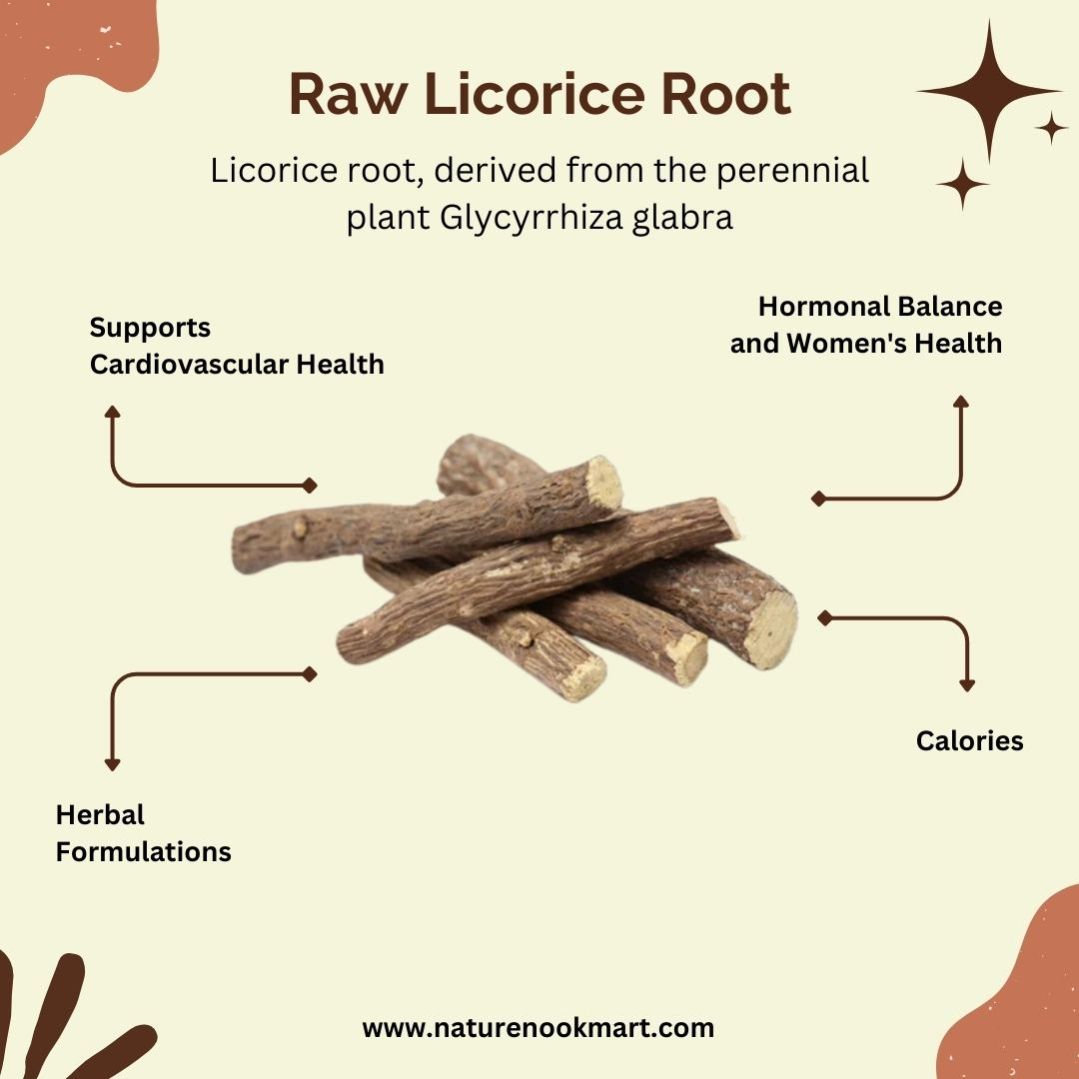
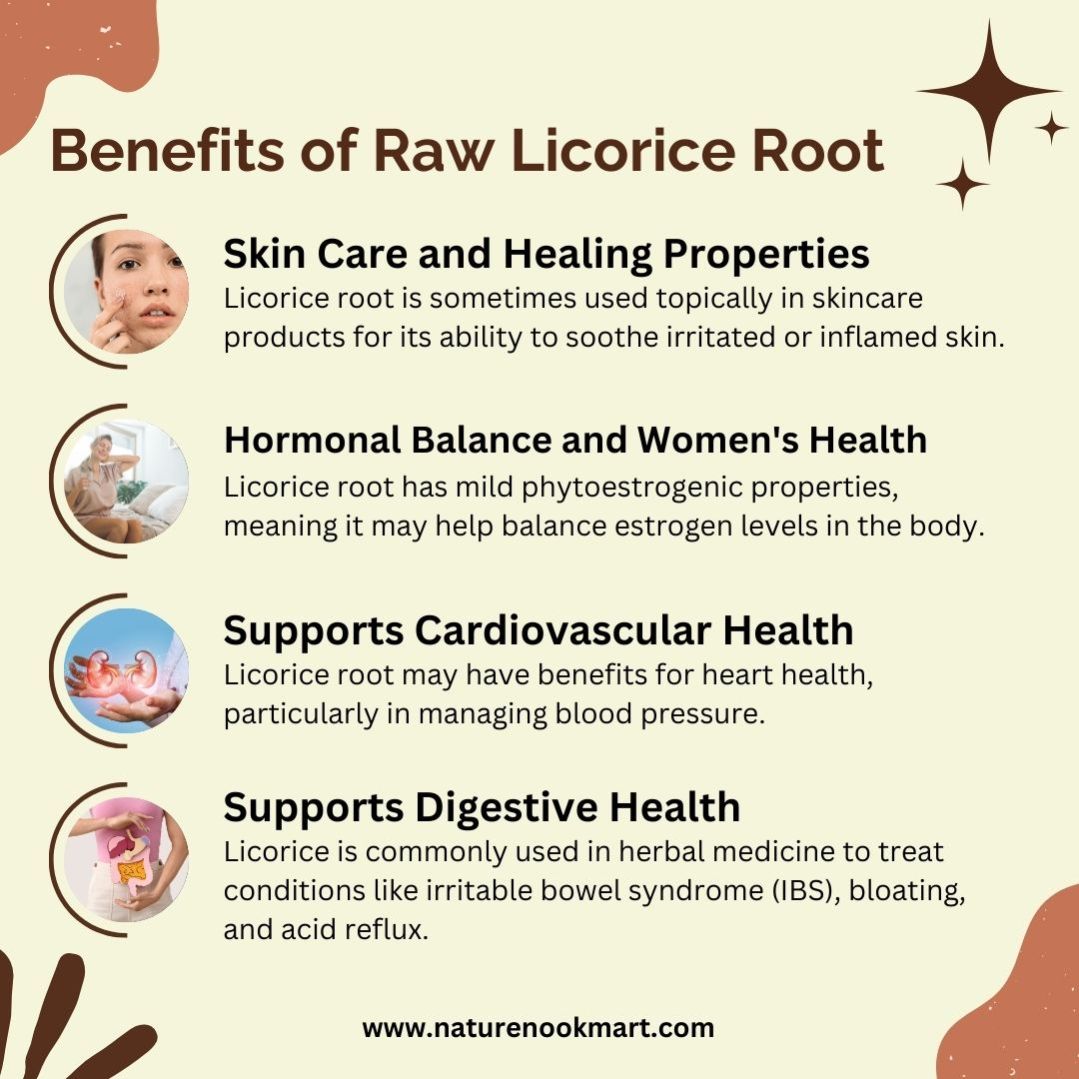
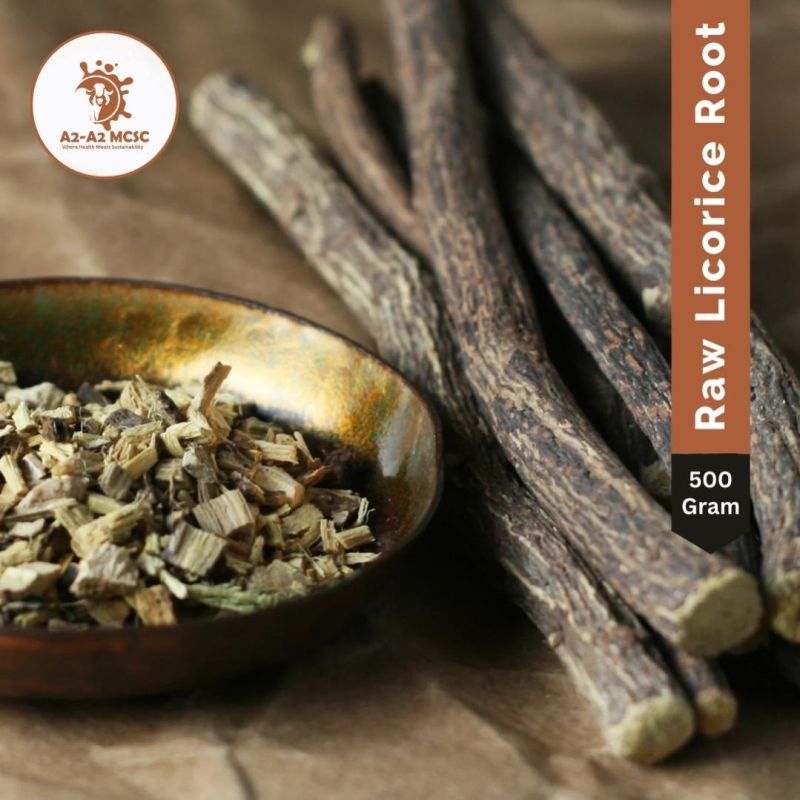
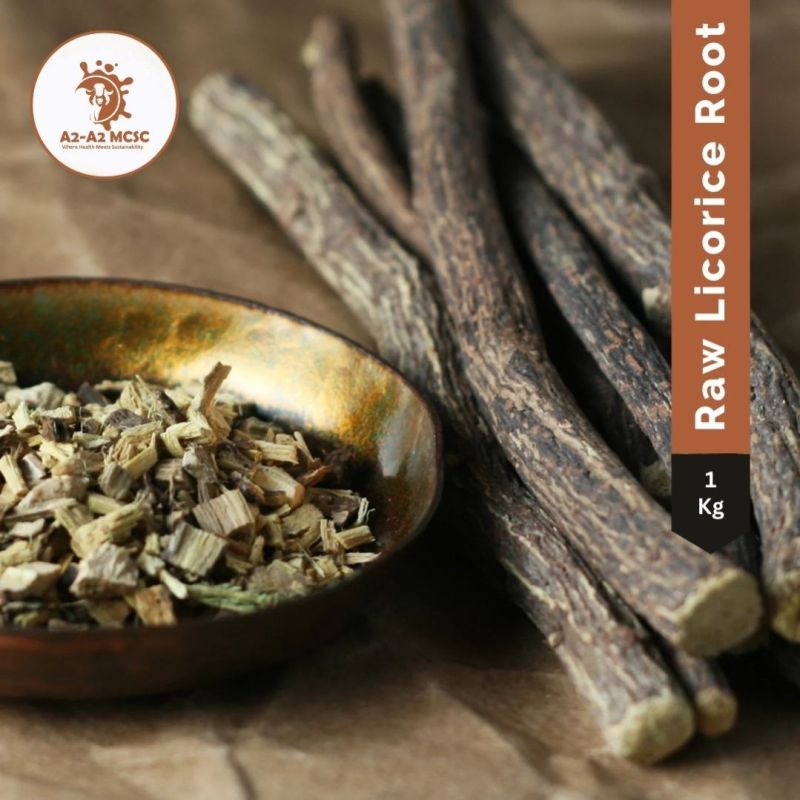
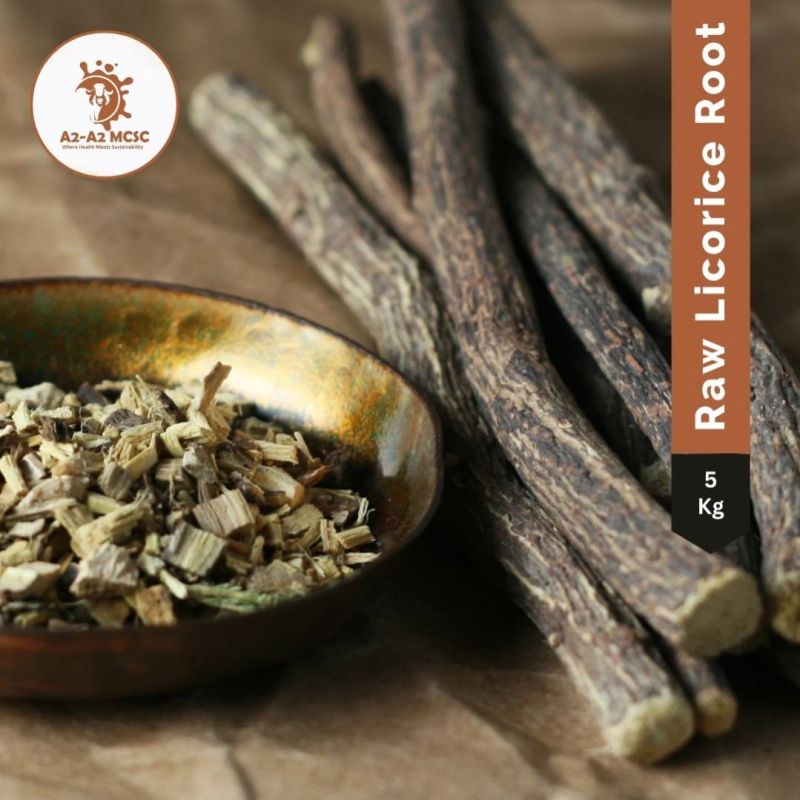






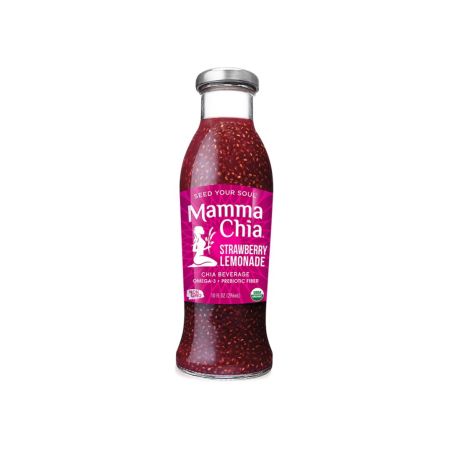



.jpg)
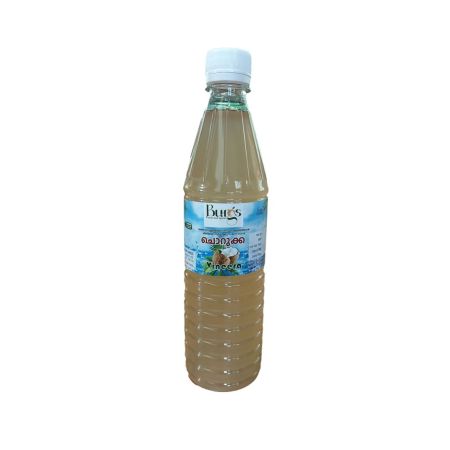

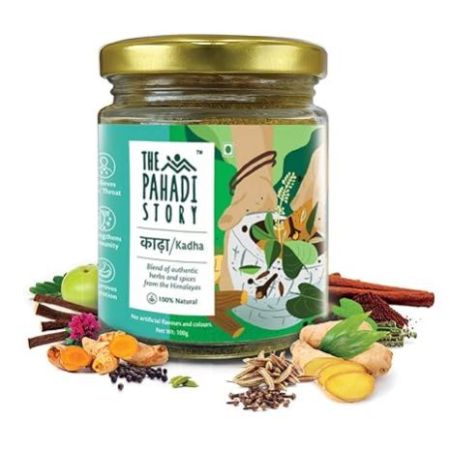
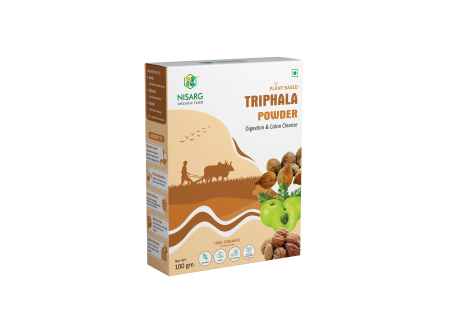
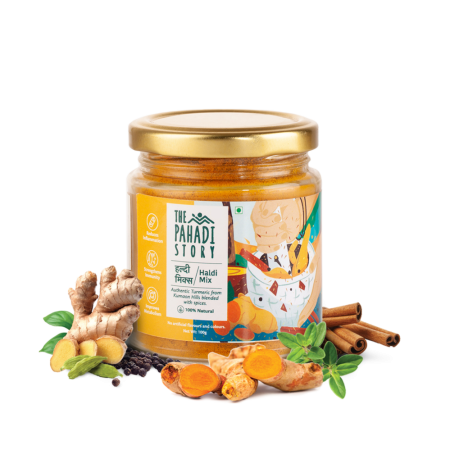





Siddharth Rao
2025-02-19 15:23:19Best raw Licorice Root I’ve ever used—so fresh, effective, and perfect for holistic health!